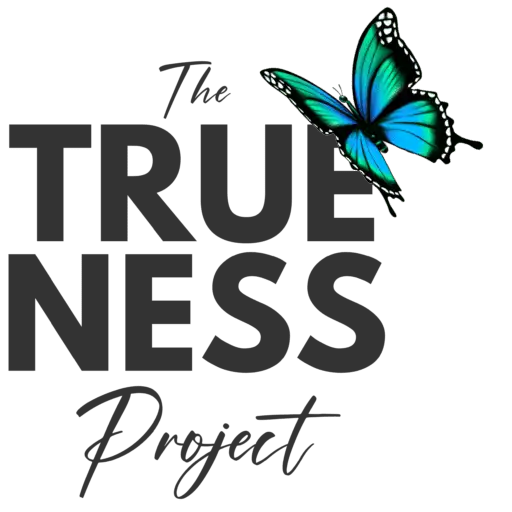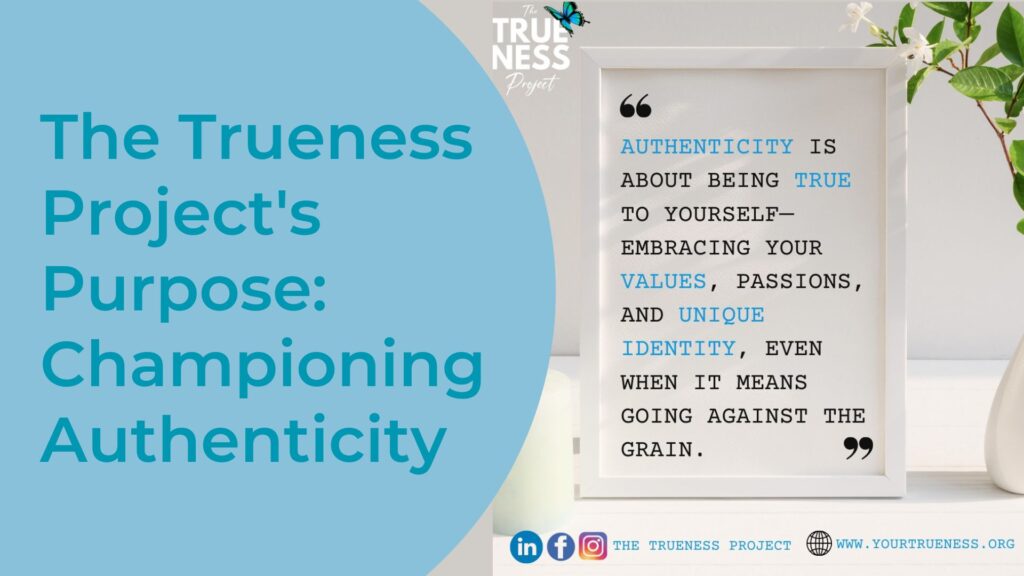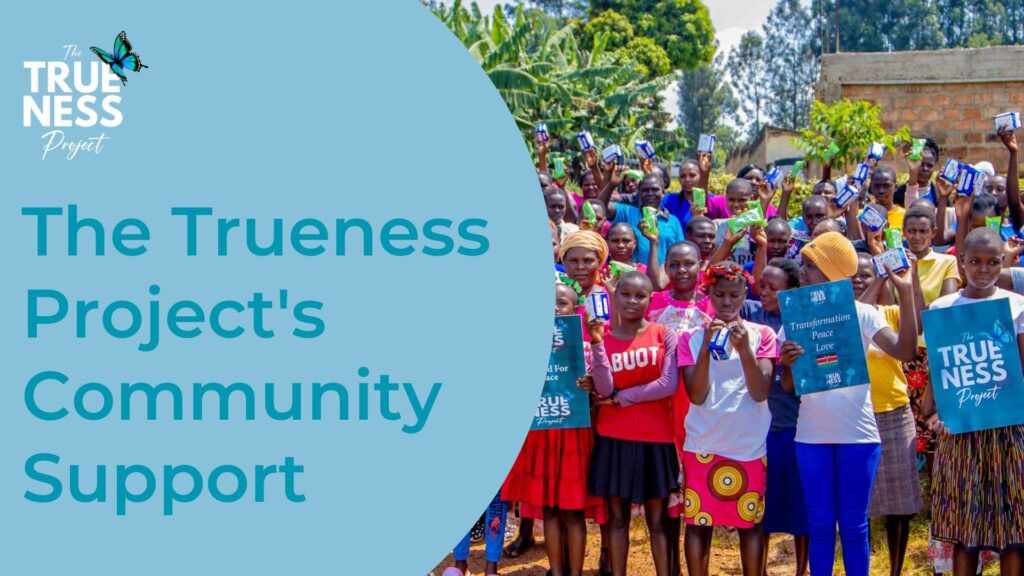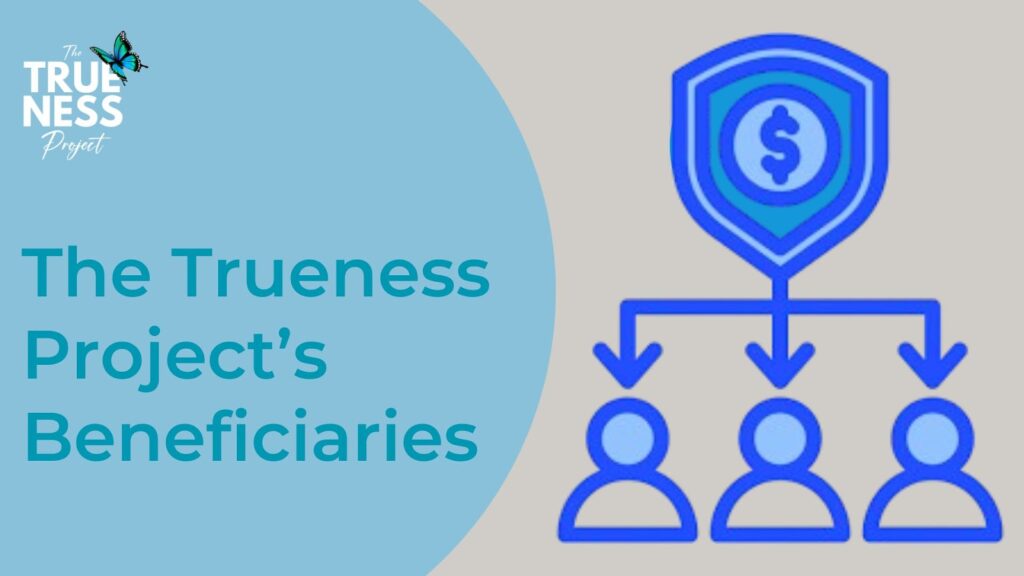What makes a gift truly meaningful? If you view a gift as an act of generosity for someone you care about, that’s right. However, nonprofits view gifts as seeds planted for growth, empowerment, and long-term self-sufficiency.
Nonprofit gifts pave a path for purposeful transformation, creating opportunities for individuals and communities to thrive.
But what exactly is a nonprofit gift? How does it differ from other forms of giving? And what role should beneficiaries play in ensuring these gifts count?
This article explores how purposeful giving can create a lasting legacy, empower communities, and cultivate self-reliance. You will also learn the role of donors in sharing gifts that give back, and how The Trueness Project is investing in such gifts.
Understanding Nonprofit Gifts and Their Purpose
Nonprofit gifts are intentional, strategic contributions by nonprofit organizations aimed at creating long-term, sustainable change among target beneficiaries. They could be financial, material, or skill-based investments. And what more do they achieve?
Nonprofit gifts empower individuals and communities with the tools, resources, and opportunities they need to build a brighter future without manipulation.
At The Trueness Project, we consider nonprofit gifts as investments in potential. Instead of solely addressing immediate challenges, we focus on programs like leadership training and creative empowerment.
Such initiatives help individuals and communities uncover hidden talents, solve their own challenges, and create solutions that last for generations.
Difference Between Aid and Empowerment
Traditional aid, such as providing food or temporary shelter, is essential for addressing urgent needs. However, its impact is often short-lived and dependent on continued support.
Nonprofit gifts that give back, on the other hand, empower recipients by addressing the root causes of their challenges.
For example, providing leadership development opportunities doesn’t just solve an immediate problem. Rather, it equips beneficiaries with the tools and skills to create lasting change within their communities.
By shifting from short-term solutions to long-term influence, nonprofits enable recipients to find solutions for future challenges.
Why Nonprofit Gifts Matter
Gifts that “give back” are transformative. Their benefits go beyond the recipient to transform families, communities, and future generations.
Take the Book Writing Project at Kereri Girls, for instance. This initiative provided students with the tools and skills to introspect, write, publish, and share their leadership stories with the world in a book.
While it didn’t address an urgent need like food or housing, its impact was profound and will remain for generations.
Bookwriting not only sharpens your creative writing but also develops your presentation and storytelling capabilities. Hence, participants gained confidence, creative skills, and a platform to share their voices.
Such an initiative will shape their decision-making and open new doors for years to come, as research findings insinuate.
For instance, The National Endowment for the Arts found that access to creative programs improves self-esteem, academic performance, and community engagement, particularly among youth.
Such findings demonstrate how nonprofit gifts such as skill development extend far beyond their initial purpose, creating a legacy of empowerment and growth.
Role of Beneficiaries in Making Gifts Count
Have you thought of how far your contribution can impact the efforts of a nonprofit gift? For nonprofit gifts to achieve their intended purpose, beneficiaries must play an active role in the process.
Unfortunately, there is a common misconception that nonprofits should manage every aspect of a project, leaving beneficiaries as passive recipients. This mindset limits the potential impact of even the most thoughtful gifts.
As a beneficiary, you are an essential partner in maximizing the value of nonprofit gifts. Your initiative, creativity, and active engagement transform these contributions into legacies.
At times, how you talk about and publicize the gift has the potential to open wider doors for you.
For example, in the Book Writing Initiative, students were not mere recipients but creators. They poured their ideas and shared leadership stories into a project that reflected their potential.
This collaboration underscores the importance of shared responsibility. A shared responsibility ensures that gifts “give back” for a lasting impact.
Types of Donations for Nonprofits
Nonprofit organizations rely on diverse forms of donations to support their initiatives. Each type of gift plays a unique role in creating long-term impact. It’s from the gifts received that nonprofit beneficiaries can build sustainable projects.
Here are the three main ways donors facilitate nonprofit gifts:
1. Monetary Donations
Financial contributions allow nonprofits to fund essential programs, cover operational expenses, and address specific community needs. Recurring donations, in particular, provide organizations with stability for long-term planning.
At The Trueness Project, monetary donations help fund initiatives like leadership training programs, paying tuition fees for needy yet bright students in high schools, and distributing educational materials.
2. In-Kind Donations
In-kind donations involve goods or services rather than money. These can include items like books, product supplies, or basic needs like food supplies and sanitary pads. In-kind contributions often directly address immediate needs while supporting broader nonprofit goals.
For instance, donated laptops can facilitate internet access and online jobs, bridging the digital divide in underserved communities and creating job opportunities.
3. Time and Volunteer Work
Volunteers play a vital role in nonprofit work. Donating your time, skills, or expertise as a mentor, program facilitator, or event organizer can be as impactful as financial contributions.
At The Trueness Project, volunteers help deliver leadership training, mentor young leaders, and contribute to the success of creative projects.
You can learn more about how The Trueness Project ensures accountability while utilizing donations from our previous article.
How Donors Can Help Create Meaningful Gifts
Thoughtful giving is a reliable source of nonprofit gifts.
Here’s how you can ensure your contributions make a meaningful impact:
- Choose organizations focused on long-term impact
Support nonprofits that prioritize sustainable change. Such organizations focus on fostering self-reliance and long-term impact, ensuring your gift creates a lasting legacy. - Collaborate with nonprofits
Partnering with nonprofits allows you to align your contributions with the most pressing needs. Open communication ensures your resources are used effectively. - Recognize the value of every gift
No contribution is too small when thoughtfully given. Whether donating money, time, or materials, every act of generosity can help build a better future.
At The Trueness Project, we understand that building personal relationships with potential donors increases their chances of community support. As such, we proactively engage on social media and keep our audience updated with current projects.
We also share the impact we have created in the communities we serve on our community impact page so you can see how far our efforts have reached.
Hence, if your giving goals align with our mission, you can check out the impact we can make together.
Donate to a Meaningful Cause
Do you feel inspired to share your resources and rewrite a community’s story? Gifts that “give back” create lasting legacies of growth, empowerment, and hope.
By investing in opportunities for self-reliance, you can help support and empower a community to impact future generations.
Would you like to support The Trueness Project today and become part of a movement that inspires meaningful change through thoughtful giving?
We invite you to join us in this mission.



